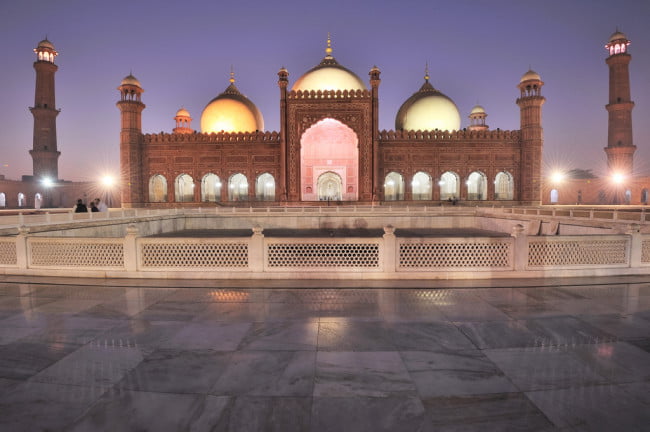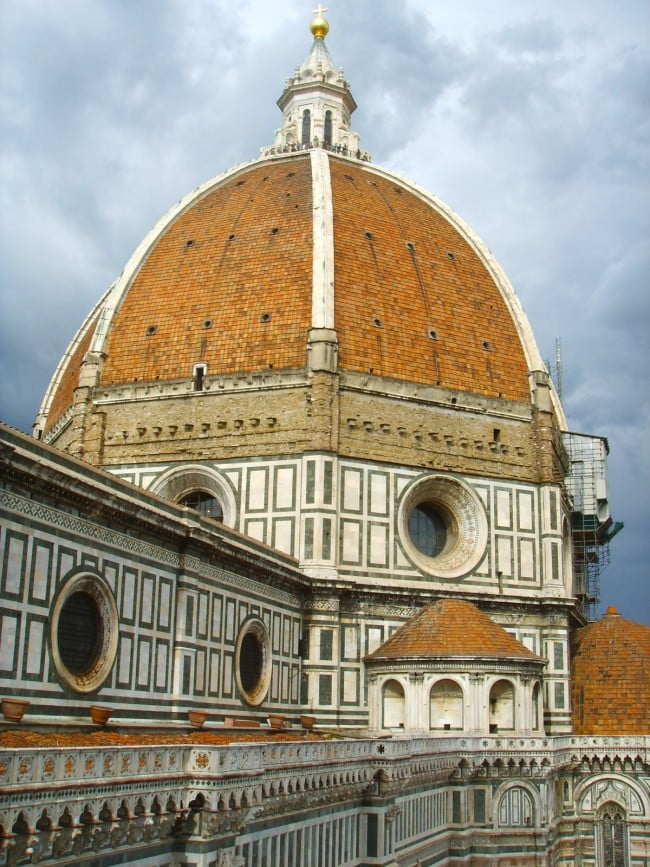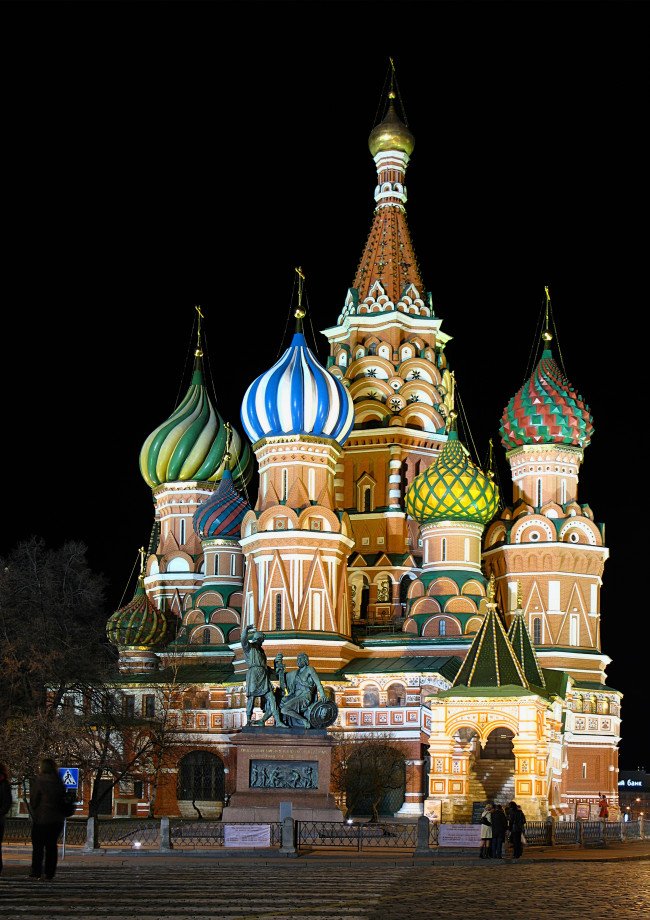Domes, domes, domes. They’re everywhere, and so we really can’t say that this is a new architectural trend because it definitely isn’t – they’ve been around for hundreds and hundreds of years. We all know what a dome is, but do you know why people have been incorporating them into buildings for so many years? Some reasons include more space, amplify sounds (mostly in mosques), and help with keeping the heat/cold in.
In this blog post, we take a look at how different cultures and societies have incorporated domes into their buildings, institutions and even holy places.
Domes can be traced back to the ancient Middle East, where they were often used to mark places of worship and tombs. Construction of domes in Muslim architecture reached its peak in the 16th – 18th centuries when the Ottoman and Mughal empires incorporated them into their religious buildings in South and Central Asia, the Middle East and Africa.
An example of a dome in Middle Eastern-inspired architecture in Mughal era India would be the beautiful Badshahi Mosque, shown above.
Italian Architecture
Historians argue that the technically advanced true domes began in the Roman Architectural Revolution, where they too used them to shape the interiors of temples and public buildings like the famous Pantheon. Domes continued to be very popular into the Byzantine Renaissance and were featured in Byzantine architecture as early as 800 AD.
An example of a dome in Italian architecture would be the Santa Maria del Fiore cathedral in Florence, which has the largest brick dome in the world.
When looking at images of Russia, the multi-domed churches often stand out! It is a distinctive feature in Russian churches that distinguish Russia from other Orthodox countries. These can be traced back hundreds of years to the late 900s, and often look like onions and are painted in bright colours or gilded.
An example of a dome in Russian architecture is the famous Saint Basil’s Cathedral with it’s very, very distinctive onion domes.
Some other examples of domes include the Epcot Centre at Disney World in Florida, igloos found in colder climates, and the Capitol Building in Washington.



